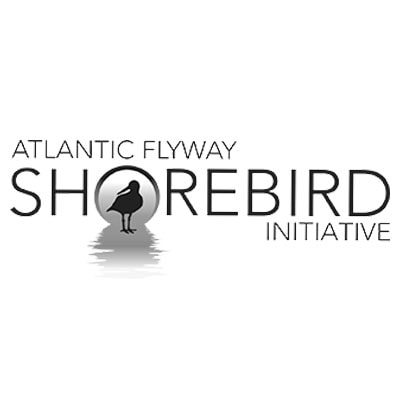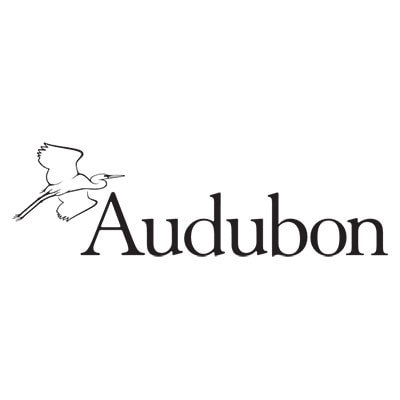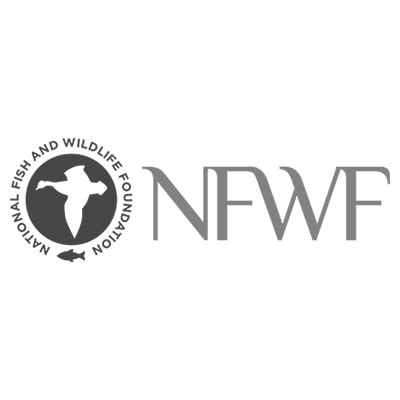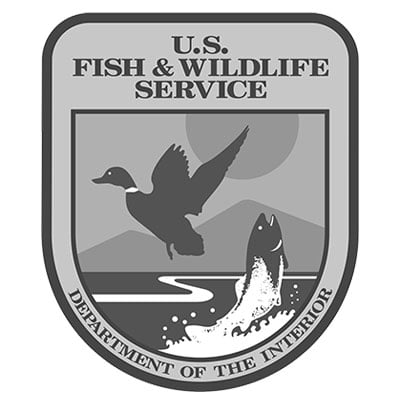Background: Our Approach to Managing Disturbance
Page Navigation
Understanding Disturbance
To address disturbance along the Atlantic Flyway, a transdisciplinary study that leveraged both biological and social sciences was developed by conservation professionals at Virginia Tech, Audubon, Manomet, and a diverse set of additional partners in the Human Activities Committee of the Atlantic Flyway Shorebird Initiative. In the first two phases of this project, we learned that sites that have succeeded in managing disturbance through zoning and closures leverage partnerships, community outreach, and interpretation. This highlights the importance of community engagement and the role of human dimensions in conservation efforts.
What is Human Dimensions?
Evidence-Based Approach
In 2019, we released the Guide to Applying Science and Management Insights and Human Behavior Change Strategies to Address Beach Walking and Dog Disturbance Along the Atlantic Flyway to communicate our findings and introduce conservation professionals to using community-based social marketing (CBSM) as an approach for changing human behavior in ways that benefit shorebirds. In 2022, nine sites along the Atlantic Flyway were the first to use the guide to design and implement CBSM campaigns unique to the socio-ecological context of their sites.
Learn more about this project and the outcomes of this collaborative work below.





